A blazing-fast star is racing through the galaxy at 1.3 million mph—and may escape entirely.
Key Takeaways
- Astronomers discovered an ancient star moving at 1.3 million mph, fast enough to leave the Milky Way.
- This rare “hypervelocity” star, named J1249+36, was found accidentally while searching for Planet 9.
- The star is an L subdwarf, one of the oldest and coolest types in our galaxy.
- Scientists suspect it was ejected by a supernova explosion or a black hole encounter.
- Future research aims to trace its origin by analyzing chemical signatures in its wake.
________
Ancient Star Spotted Racing Out of the Milky Way at Record Speed
Astronomers have discovered one of the fastest-moving stars ever recorded—an ancient, low-mass star hurtling through the Milky Way at 1.3 million miles per hour (372 miles per second). The star, officially named CWISE J124909+362116.0 (J1249+36), is moving fast enough to potentially escape the galaxy’s gravitational pull entirely. This unexpected discovery was announced at the 244th Meeting of the American Astronomical Society in Wisconsin and is set to be published in The Astrophysical Journal Letters.
Scientists stumbled upon J1249+36 by accident while searching for “Planet 9,” a hypothetical planet in our solar system. The discovery was part of Backyard Worlds: Planet 9, a citizen science project that enlisted 80,000 volunteers to analyze NASA’s Wide-field Infrared Survey Explorer (WISE) mission data. Instead of a hidden planet, they found this extraordinary star zipping across space.

How Did This Star Get So Fast?
J1249+36 is classified as an L subdwarf, an ancient type of low-temperature, low-mass star. Theories suggest that it may have gained its extreme velocity in one of two ways:
-
Supernova Ejection – The star may have once been part of a binary system with a white dwarf, which accumulated enough mass to trigger a supernova explosion. This violent event would have destroyed the white dwarf and launched its companion (J1249+36) at high speed. While this scenario fits the data, astronomers lack direct evidence, as the white dwarf and its remnants are long gone.
-
Black Hole Sling-Shot – Another possibility is that the star originated in a globular cluster containing a black hole binary. The complex gravitational interactions in such a system could have flung J1249+36 out at extreme speeds, ejecting it from its original home. However, astronomers are still unsure which cluster it may have come from.
Future research aims to uncover the star’s origins by analyzing its chemical composition. If it carries a “fingerprint” of a past supernova or a known globular cluster, scientists may finally solve the mystery of its incredible journey.
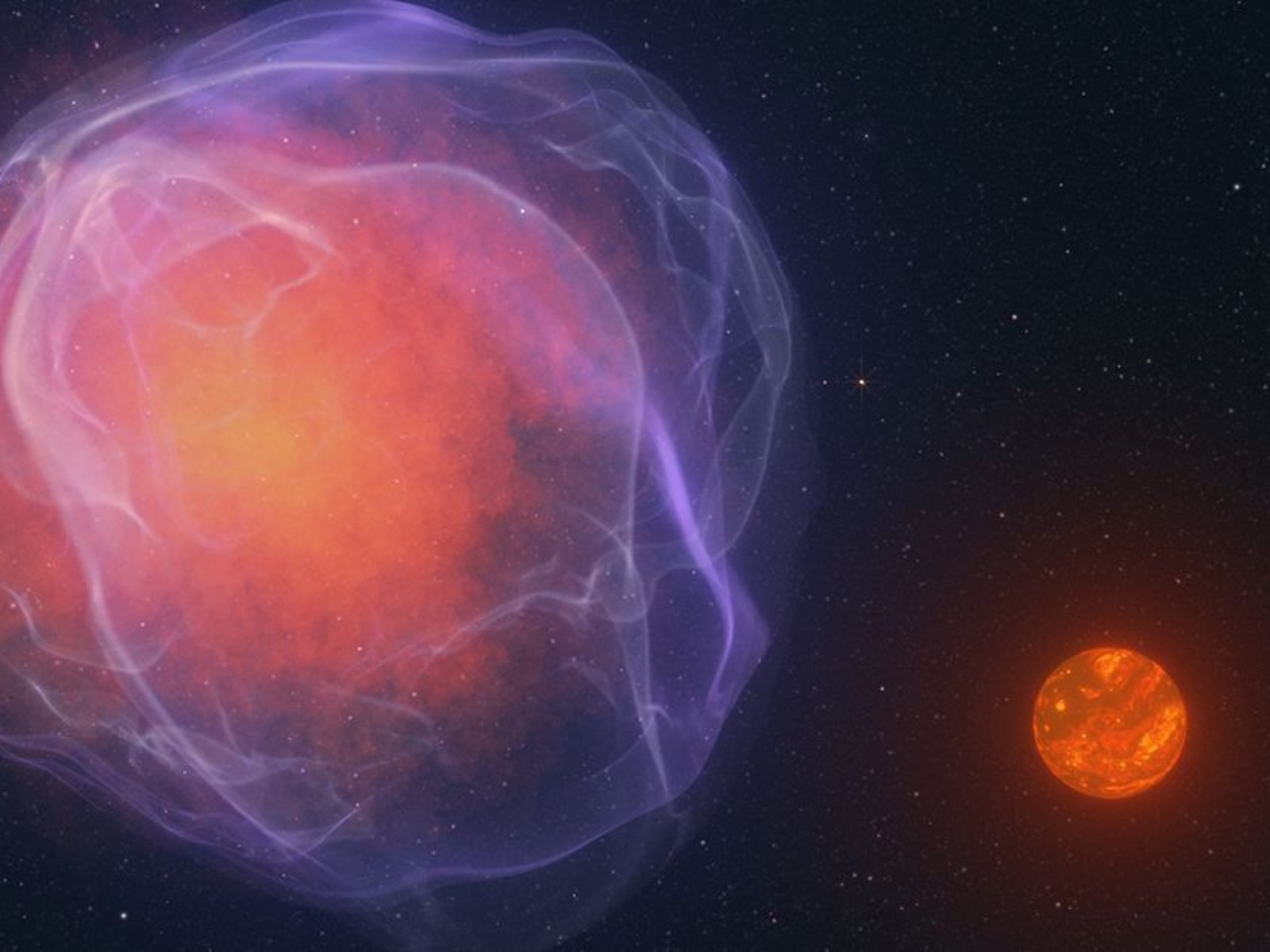
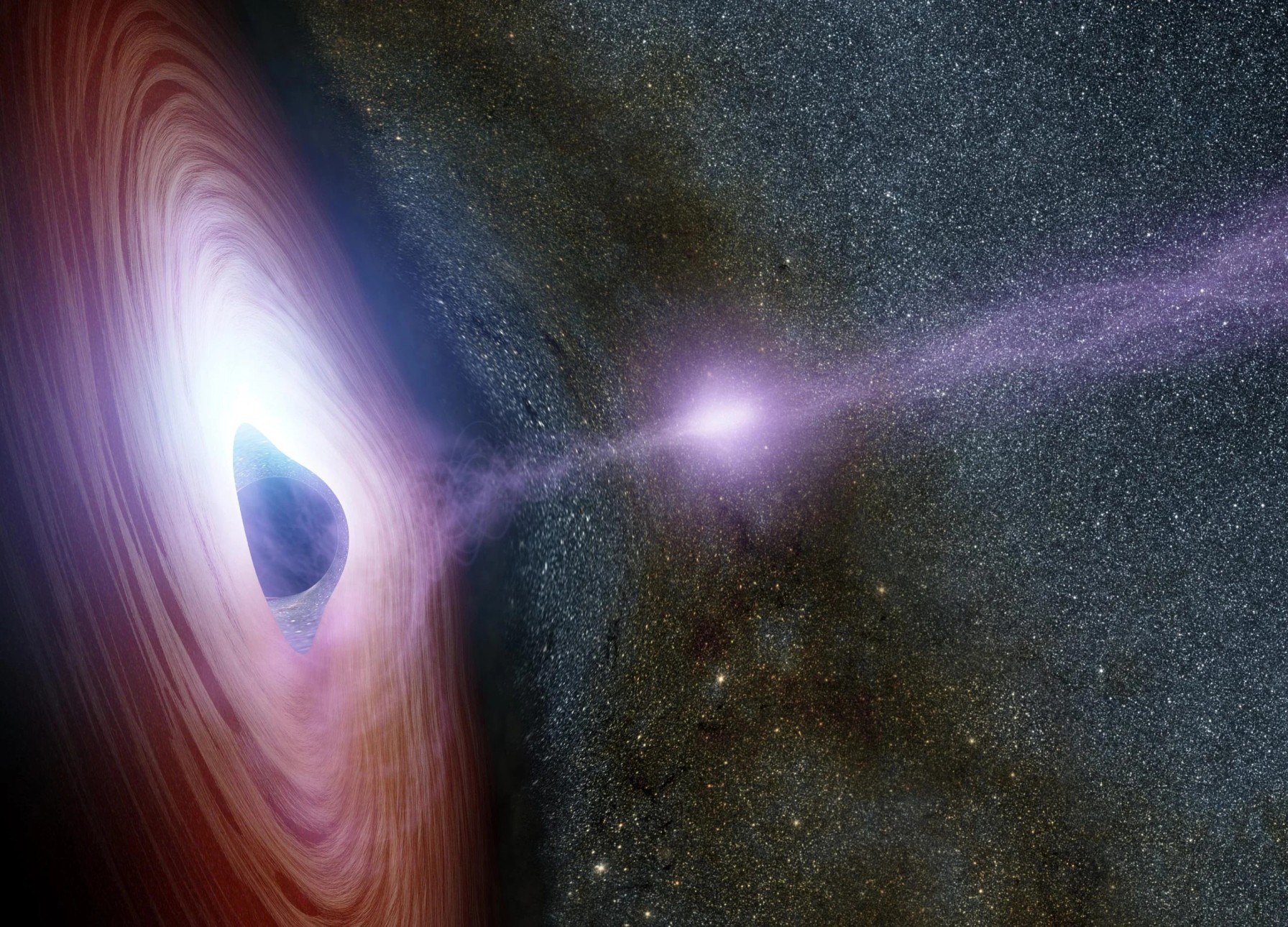
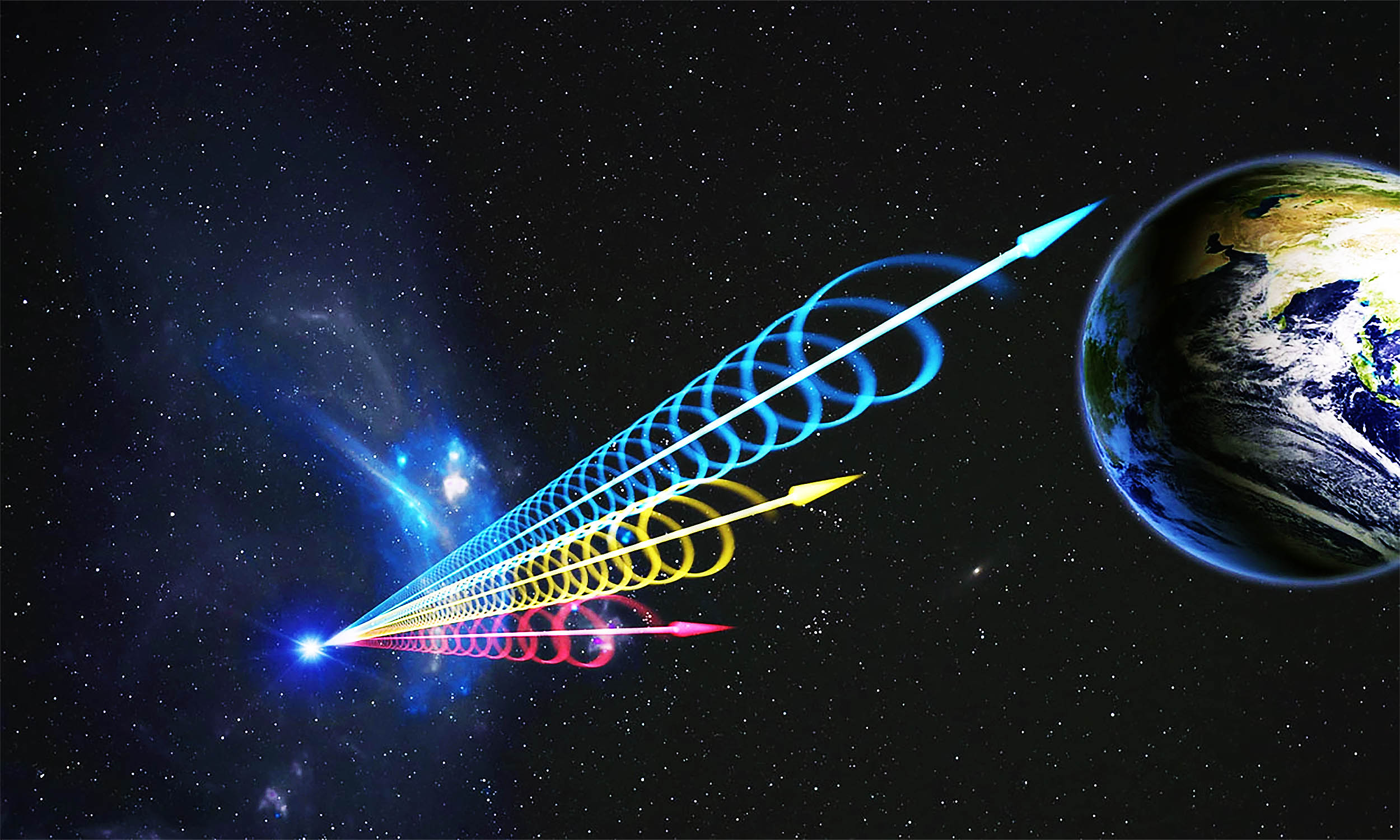
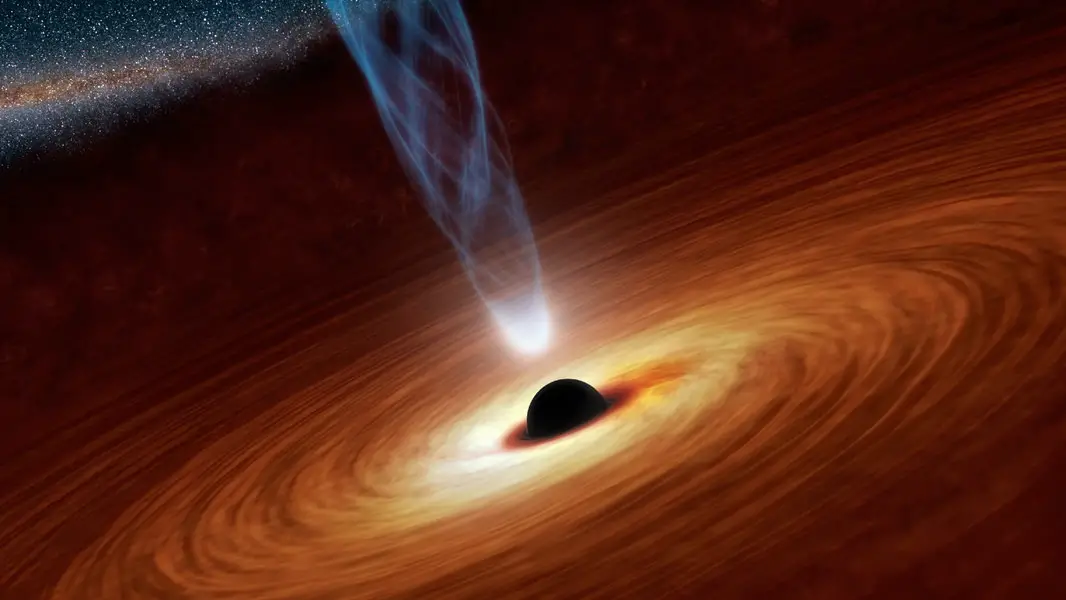
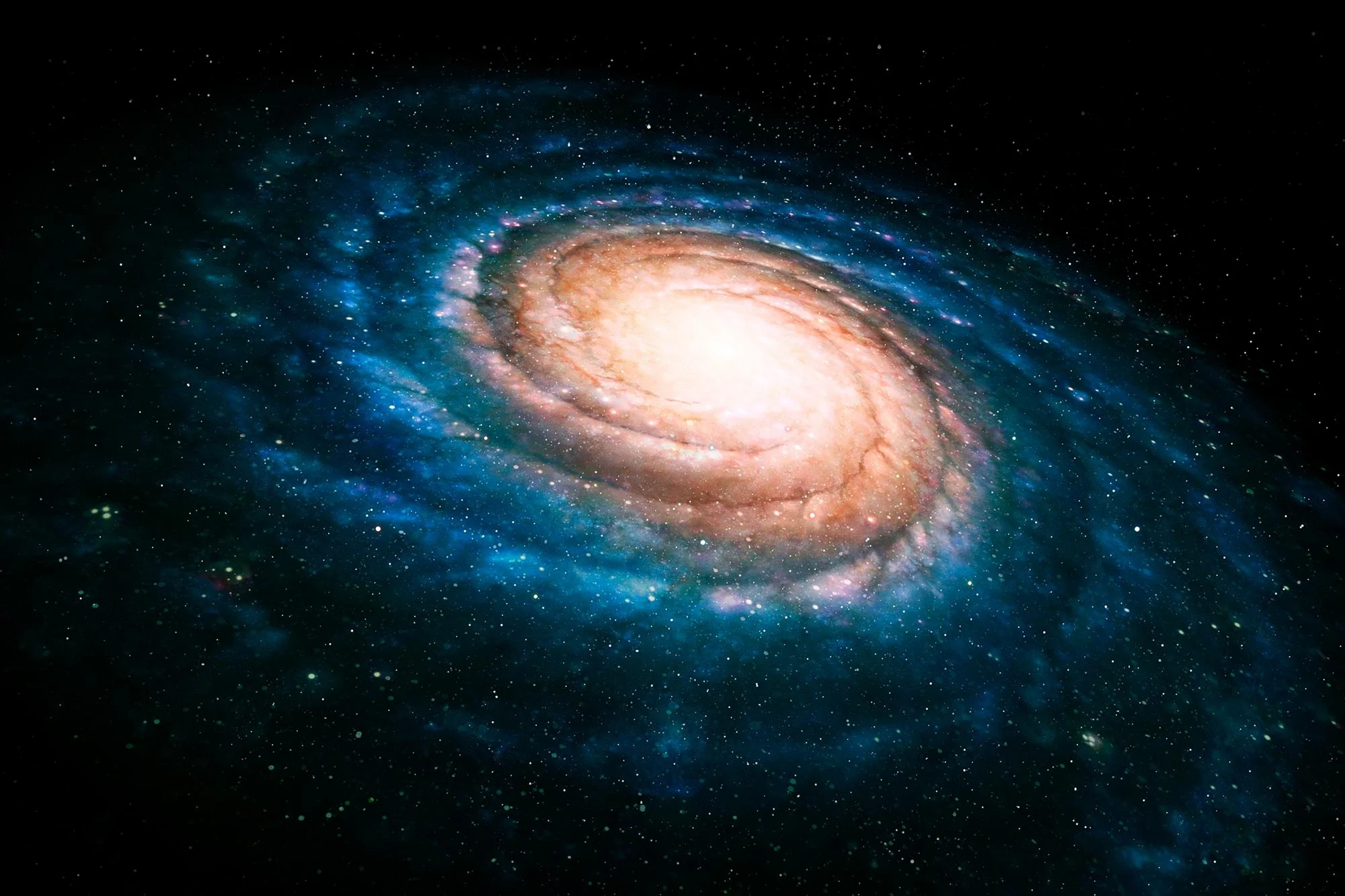
Can you be more specific about the content of your article? After reading it, I still have some doubts. Hope you can help me.
Thanks for sharing. I read many of your blog posts, cool, your blog is very good.